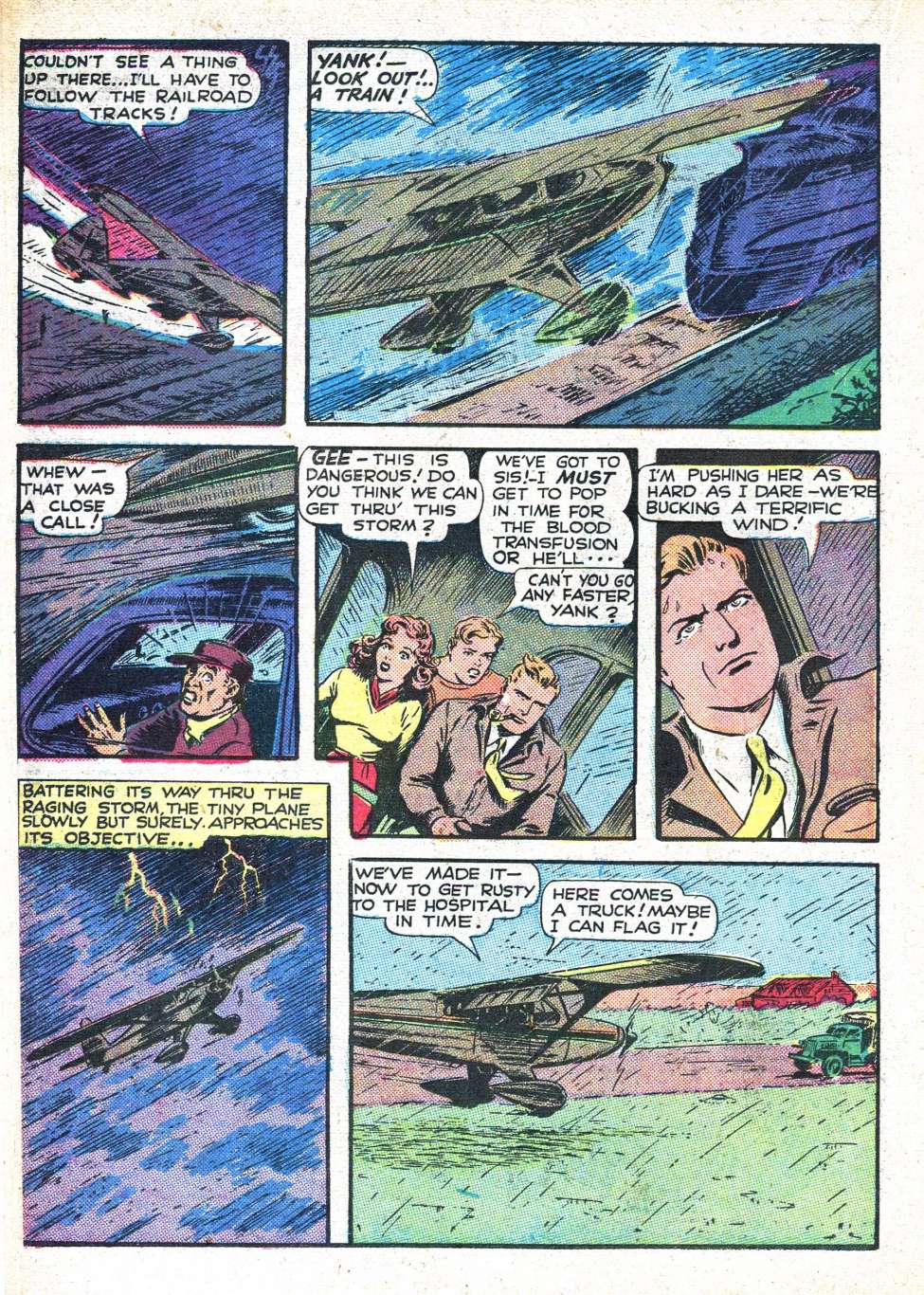Capt. Geoffrey Thorpe
Touchdown! Greaser!
- Joined
- Jun 7, 2008
- Messages
- 15,622
- Location
- DXO124009
- Display Name
Display name:
Light and Sporty Guy
County roads are a bad idea in general. Lots of stuff to hit.
- land on the field below him - deal with the farmer later OR land on a county road and deal with the rest later
- there are some private grass strips out there, but they are covered in mud/snow
If the private strips are mud/snow then so will the farm field. No advantage to the field.
For me, clouds are out on account of what I ain't got not gyros at all.
1) Slow down.
2) Head south / westish to hit the RR tracks - follow south then east to Peterson airport (at the intersection of the tracks / road.
3) If you get to the rail road crossing, you went too far - back track just a bit staying north of the tracks to avoid the towers.
Or, follow the powerline east to the tracks, south to Arthur.
Towers are not built in the middle of roads / railroads.
Airports are built next to roads.
Easy peasy.


